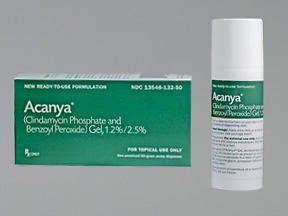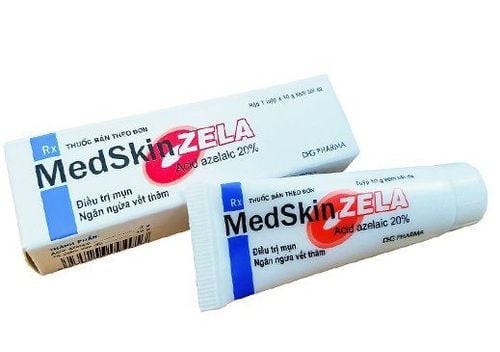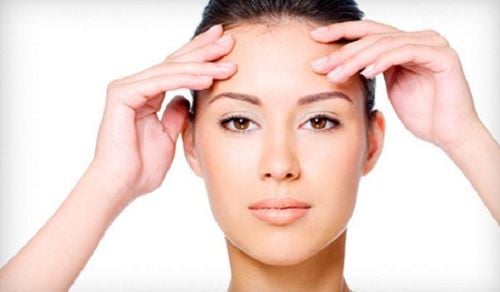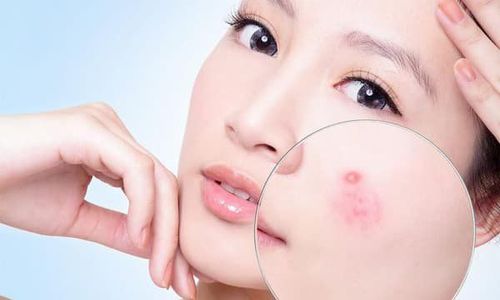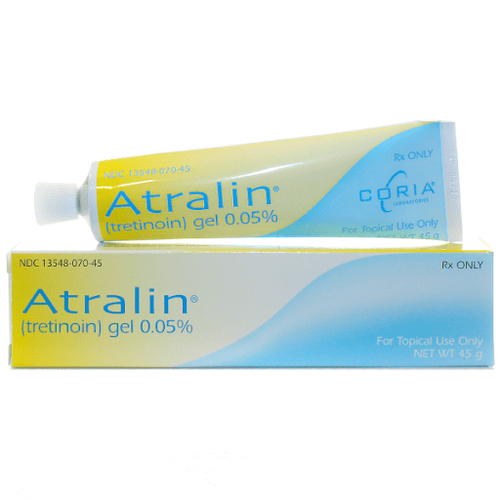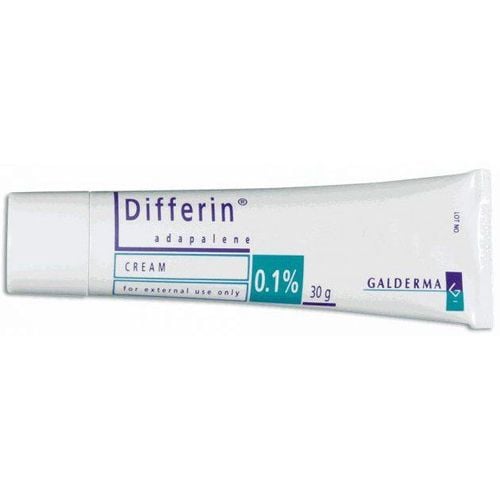This is an automatically translated article.
Acne is always an obsession of many people. Some people have only a few small pimples that disappear, while others develop persistent and clearly visible acne. Determining the right type of acne is an important step that affects the success rate of treatment.1. Common Acne
Common acne has the medical name acne vulgaris. The most common acne spots are the face, chest, shoulders, and back. While mild acne may improve with over-the-counter treatments, more severe forms of acne should be treated by a dermatologist.2. Whiteheads and Blackheads
The nodule, or underlying lesion caused by acne, is a hair follicle clogged with oil and dead skin cells. Nodules can rapidly develop into nodules, which are classified as whiteheads and blackheads. Certain makeup products can trigger acne to appear. In contrast, makeup products labeled "non-comedogenic" are less likely to clog pores and contribute to breakouts.Blackheads are pimples that open up to the surface. They are filled with excess oil and dead skin cells.It is not dirt that causes cysts to turn black.Black is the result of uneven reflection of light from clogged hair follicles.Blackheads are usually Whiteheads can be treated with over-the-counter medications
Whiteheads are caused by cysts forming on the surface of the skin. This happens when oil and skin cells prevent a clogged hair follicle from opening. Many of the same over-the-counter medications that treat blackheads are also effective against whiteheads.
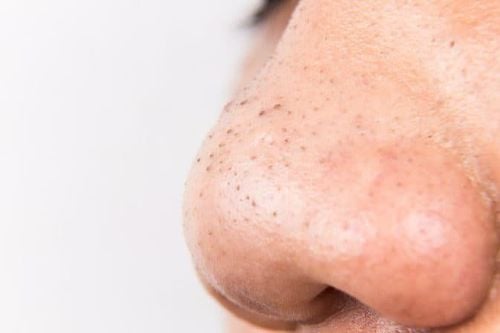
Mụn đầu đen là những nhân mụn mở ra trên bề mặt da
3. Acne
Milia are inflamed bumps that form small red or pink bumps on the skin. This type of acne can be sensitive and painful to the touch. Squeezing the milia will make the inflammation worse and can lead to scarring. A large number of milia can be a sign of moderate to severe acne.4. Pustules
Pustules are another type of inflammatory acne. They resemble a whitehead with a red ring around it and mild swelling. The bump is usually filled with white or yellow pus. Avoid picking or squeezing pustules, as this practice can cause scarring or bruising on the skin.5. Acne
Cysts are large inflammatory bumps that feel hard to the touch. They grow deep inside the skin and are often painful. Nodules should be treated by a dermatologist because they can leave scars. Over-the-counter treatments are usually not strong enough to get rid of nodules, but prescription medications can be effective.6. Acne cysts
Pimples are large, pus-filled lesions that look like boils. Like nodules, acne cysts can be painful and need to be treated by a dermatologist because cysts are prone to scarring. People with cystic acne and nodules are often classified as more severe acne.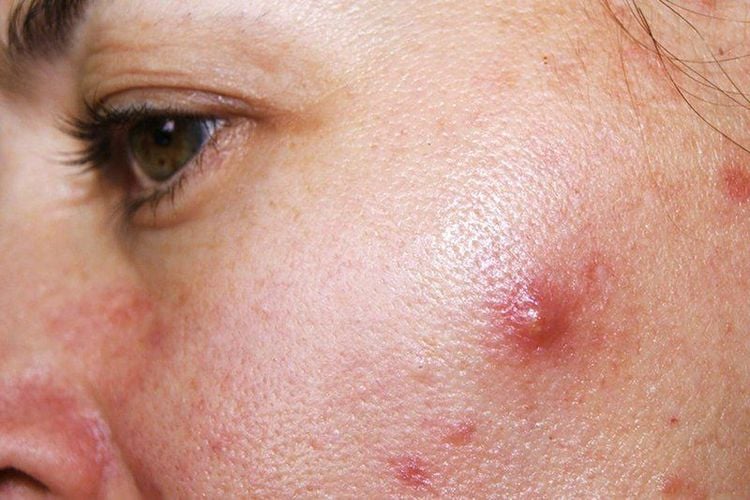
Nang mụn là những tổn thương lớn, chứa đầy mủ, trông giống như nhọt
7. Mild acne
Acne is classified as "mild" if you have fewer than 20 whiteheads or blackheads, fewer than 15 inflammatory bumps, or fewer than 30 total lesions. Mild acne is usually treated with over-the-counter topical medications. It can take up to eight weeks to see a significant improvement.8. Moderate Acne
If you have 20 to 100 whiteheads or blackheads, 15 to 50 inflamed bumps, or a total of 30 to 125 lesions, your acne is moderate. Dermatologists often recommend prescription medications for moderate to severe cases of acne. It may take several weeks to notice an improvement, and your acne may get worse before it goes into remission.9. Severe acne
People with severe cystic acne have many cysts and inflammatory nodules. Acne can turn dark red or purple and often leave acne scars. Prompt treatment by a dermatologist can help minimize scarring. In some cases, the doctor will inject corticosteroids directly into the pimple or cyst to reduce the size and inflammation.10. Clustered acne
This is one of the most severe forms of acne. Clustered acne is defined as multiple inflammatory nodules that are connected under the skin. Acne can affect many areas of the body such as the neck, chest, arms and buttocks, and clustered acne can easily leave scars. This type of acne is more common in men and is sometimes caused by steroid or testosterone use. Prompt treatment by a dermatologist is essential.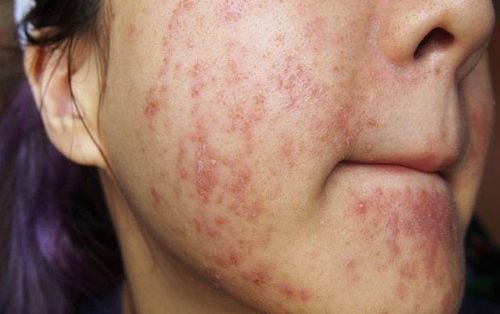
Mụn trứng cá kết cụm là một trong những dạng mụn trứng cá nặng nhất
11. Acne Irritation
Irritant acne is caused by heat, friction, and pressure on the surface of the skin, often as a result of wearing sportswear such as a helmet or baseball cap. This acne is sometimes called "sports acne" because it is so common in athletes. Precautions include wearing absorbent material under sports equipment and showering immediately after activity.With some types of acne you can self-apply acne medication that will disappear over time, but with many complicated types of acne, it requires the intervention of a specialist. Therefore, to have the best acne treatment, you should go to a dermatologist to conduct tests and be advised on the best skin care process.
In addition to receiving and treating diseases from simple to complex, now Vinmec International General Hospital is also the address for beauty care and treatment with the most advanced services and technology today. When there is a need to learn more about each service, customers can contact the hospital for more detailed advice.




